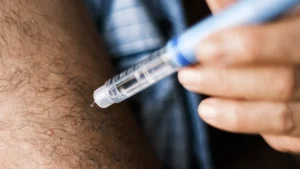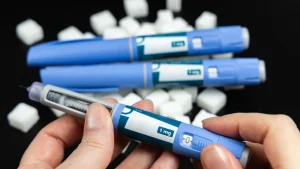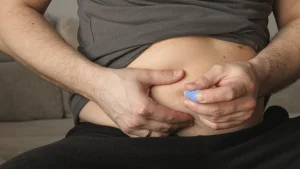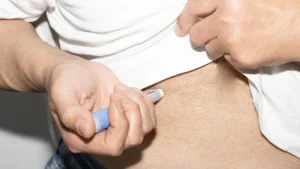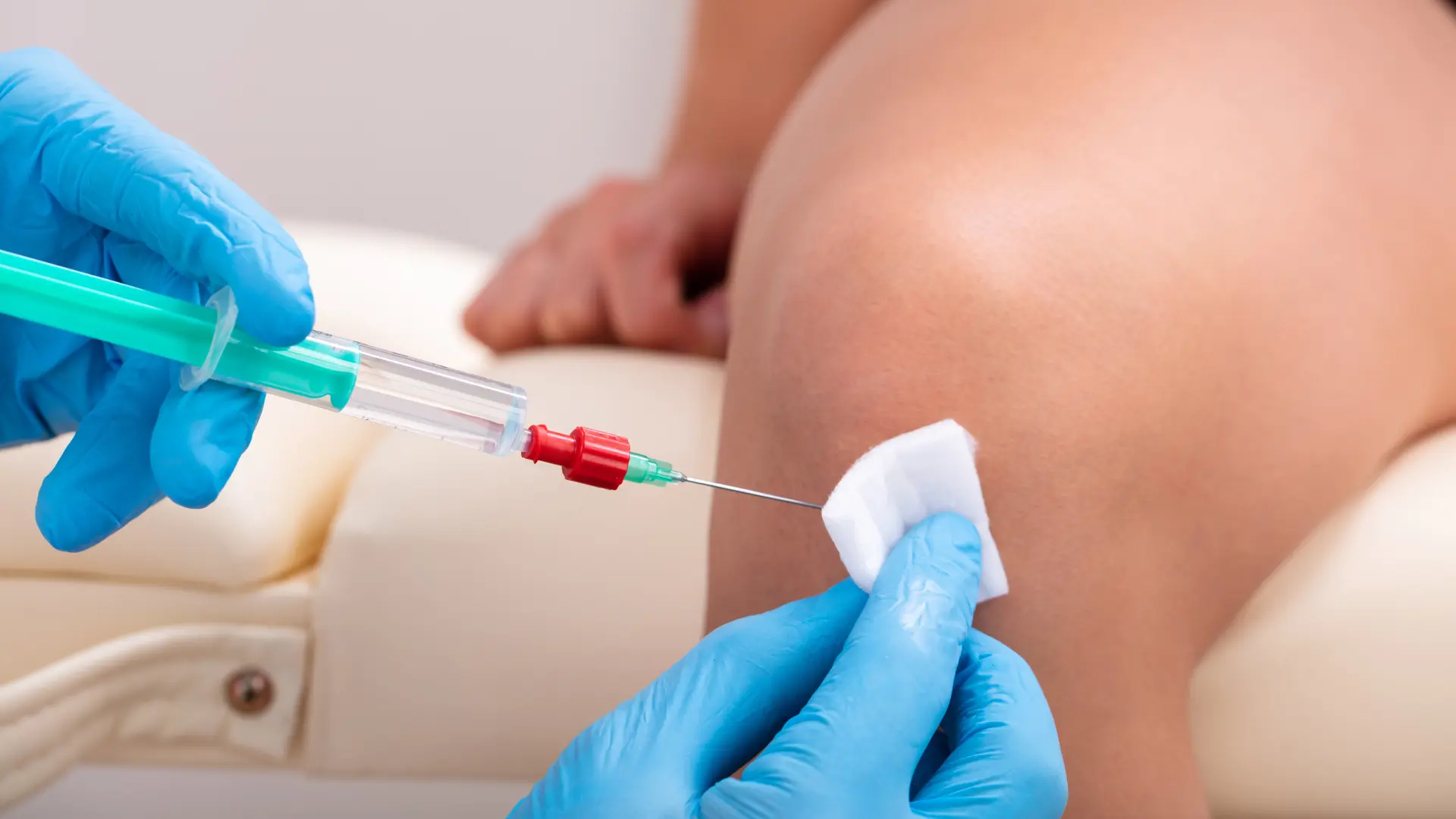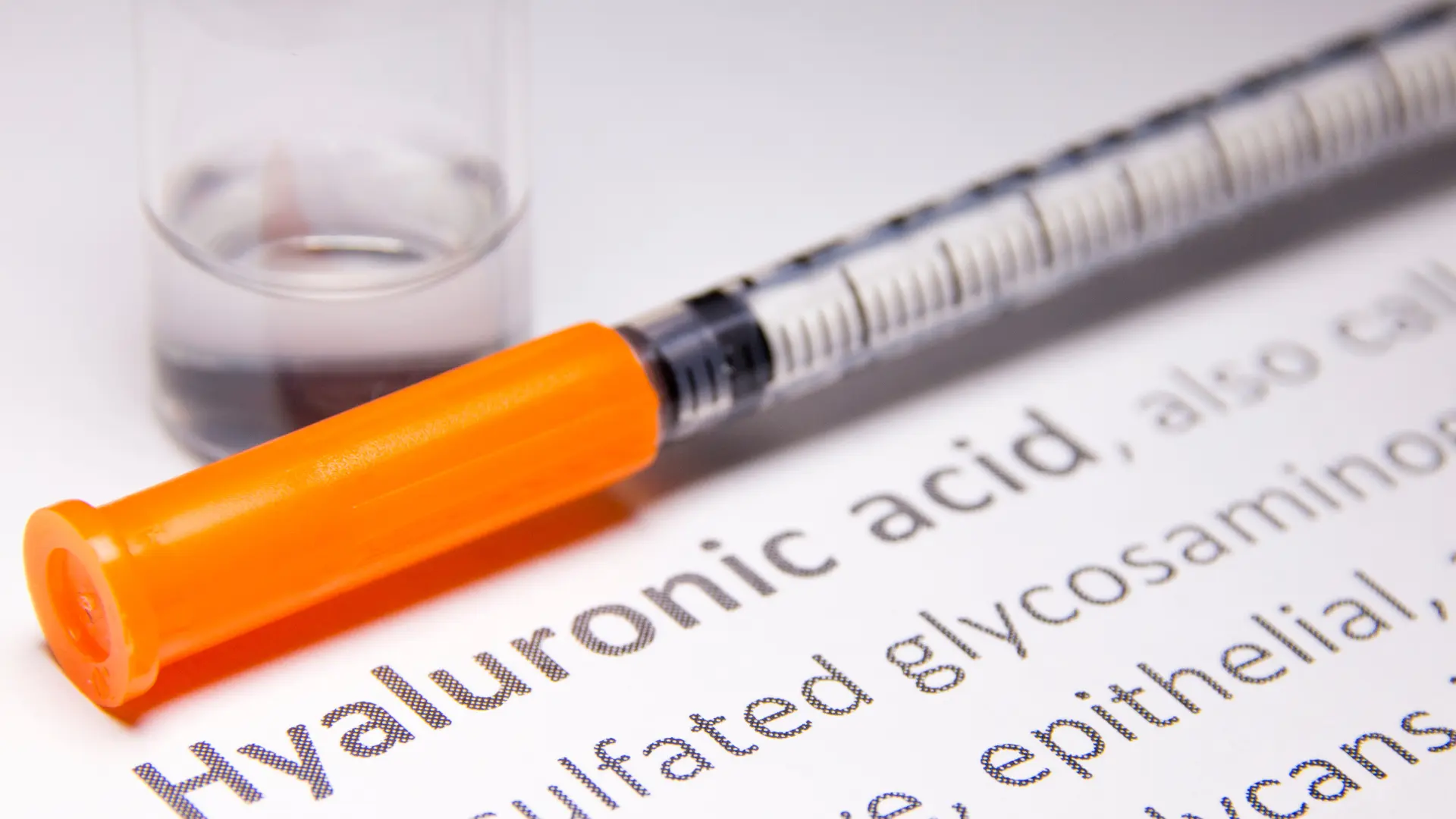Did you know knee osteoarthritis (OA) is a prevalent cause of disability in the United States? Those grappling with knee OA endure persistent pain and discomfort. Amidst the various treatment avenues, viscosupplementation, more commonly recognized as hyaluronic acid knee injections, has become a favored option.
Hyaluronic acid (HA) injections have proven effective in easing knee osteoarthritis symptoms. While no direct cure exists for this degenerative joint condition, HA injections provide relief from pain, swelling, and stiffness. Among the available options, Durolane stands out for its remarkable ability to deliver optimal outcomes without discomfort.
This article will discuss Durolane’s side effects, their typical duration and management, and rare but serious side effects.
Key Takeaways
- The US Food and Drug Association has approved Durolane, highlighting its proven safety and efficacy in addressing these knee osteoarthritis concerns.
- It’s worth noting that the common Durolane side effects typically last for a few days and may resolve once the body adapts to the medicine.
- After the Durolane treatment, some individuals may experience localized pain, swelling, or redness at the injection site.
- In addition to the common Durolane side effects, medical professionals should discuss the potential severe but rare side effects of this single-injection therapy.
- Durolane patients must thoroughly consult their medical providers to equip themselves with information and understanding about the treatment procedure, benefits, and potential risks.
About: Medica Depot is your trusted all-in-one supplier, offering a range of high-quality medical injectables and supplies. If you’re looking to buy Durolane wholesale, our dedicated sales agents can give you proper guidance. We offer a worry-free experience in searching for the best and most popular products on the market. Whether for health professionals, plastic surgeons, dermatologists, licensed estheticians, or other specialists, we can offer genuine, brand-name products you may need. With Medica Depot, we prioritize serving you better to improve the patient’s quality of life.
What is Durolane?
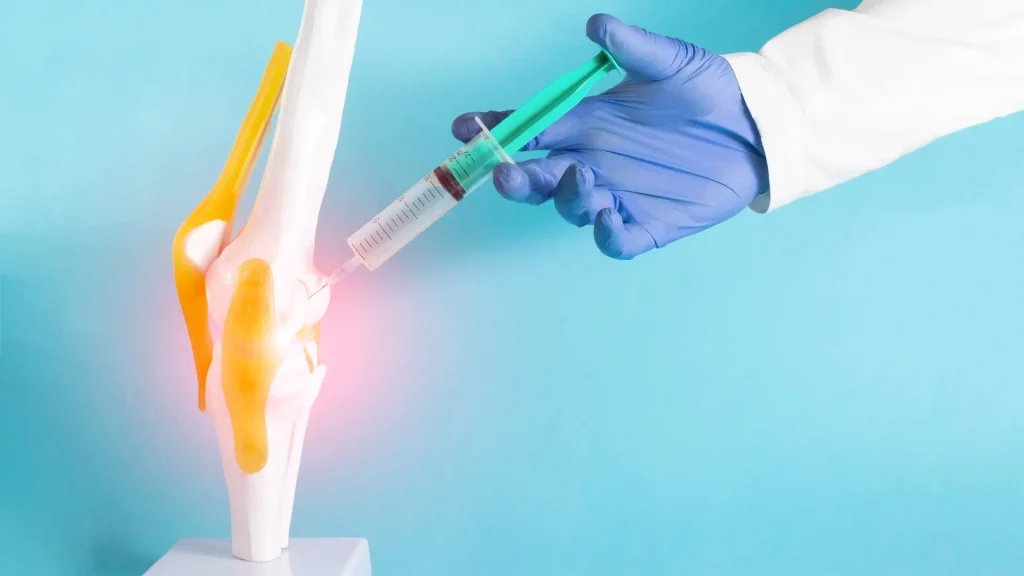
Durolane offers a promising solution for individuals grappling with knee osteoarthritis (OA). They developed a unique, single-injection hyaluronic acid (HA) therapy, acting as a supplemental lubricant and shock absorber for the knees. Medical professionals and individuals can ensure the safety and efficacy of Durolane injections for their OA concerns.
The recommended Durolane dosage is 3 mL via a single injection. Depending on the individual’s response to the injection and the severity of the condition, medical professionals may recommend repeat treatments. Individuals can expect long-lasting pain relief, and this treatment can delay the need for knee replacement surgeries. However, it has contraindications, such as the following:
- Durolane should not be injected if the synovial joint is infected or severely inflamed.
- It should not be injected if an active skin disease or infection occurs at or near the injection site.
- Medical professionals should not inject intravascularly or extraarticularly or in the synovial tissues or capsule.
- Avoid Durolane injection if the patient is known to be sensitive to hyaluronic acid-based products.
- Durolane should not be injected in patients with pre-existing chondrocalcinosis as injection may lead to an acute attack of the condition.
Additionally, the US Food and Drug Administration has approved Durolane, highlighting its proven safety and efficacy in addressing these knee OA concerns. Despite this approval, medical professionals must discuss with patients that potential Durolane side effects may occur after treatment.
Common Side Effects of Durolane
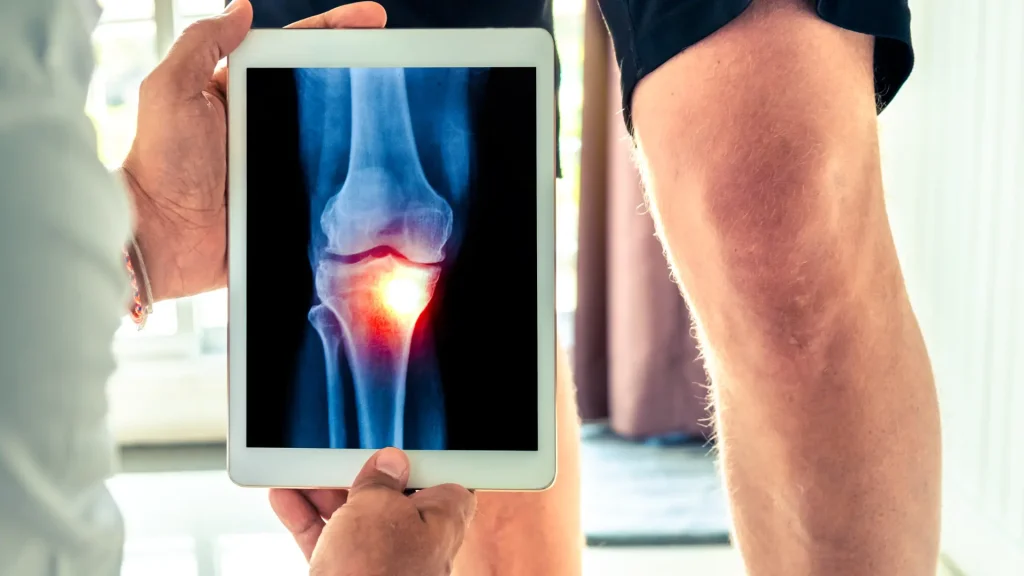
Individuals can expect these common Durolane side effects to occur. It’s worth noting that these symptoms typically last for a few days and may resolve once the body adapts to the medicine. Medical professionals must explain how to recognize and adequately manage these Durolane side effects.
Localized Pain at the Injection Site
After the Durolane treatment, some individuals may experience localized pain at the injection site. This common Durolane side effect typically subsides within a few days. Cold compresses and over-the-counter medications recommended by medical professionals can alleviate the patient’s discomfort. The following can help patients manage the pain after Durolane injection.
- Low-Impact Exercises or Activities
- Moderation and Pacing
- Maintain Healthy Habits or Lifestyle
However, when chronic pain persists, patients must seek medical attention for proper management. Recognizing these side effects allows individuals to contact their trusted healthcare providers promptly to ensure safety.
Swelling and Redness at the Injection Site
Like other injectable treatments, this hyaluronic acid single-injection therapy for knee osteoarthritis may sometimes lead to localized swelling and redness at the injection site. The typical duration of swelling and redness lasts for a short period after the injection session. They independently and gradually subside, but medical professionals may advise patients on these tips to manage these symptoms.
- Cold Compress Application
- Over-The-Counter Pain medications
- Rest and Elevation
Patients must monitor these symptoms and recognize if they persist or worsen. Once unexpected duration or severity occurs, they must immediately contact their trusted medical professional. Moreover, individual experiences may vary, so always follow your doctor’s advice for personalized care.
Rare but Serious Side Effects of Durolane
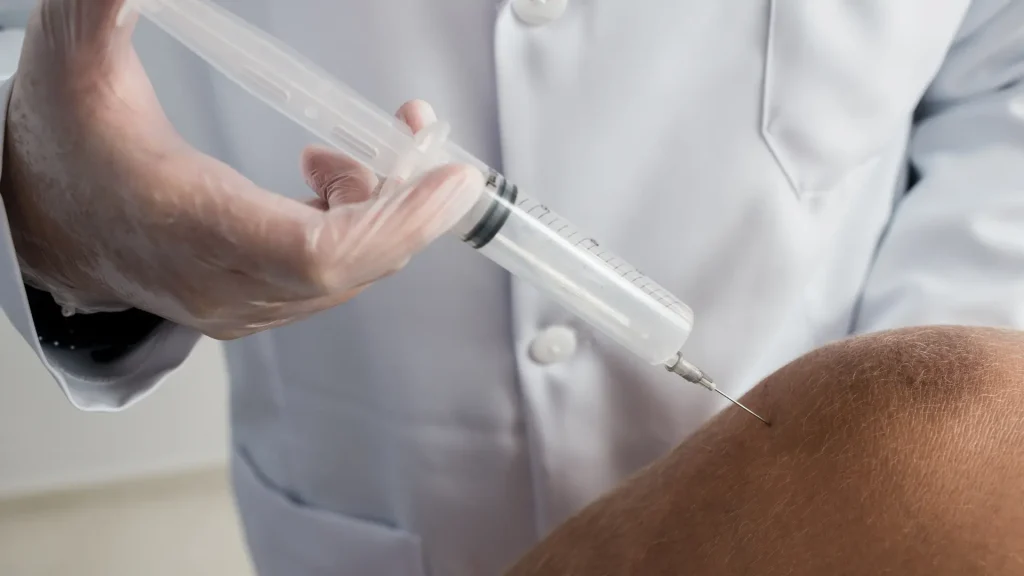
In addition to the common Durolane side effects, medical professionals should discuss the potential severe but rare side effects of this single-injection therapy. Understanding these factors and comprehensive information about Durolane helps patients make informed decisions for their treatment.
Infections
Although infections related to Durolane are uncommon, these symptoms require medical attention. Patients must look for redness, warmth, swelling, or pain at the injection site. Other infection symptoms may include fever, chills, or flu-like symptoms. If patients experience any of these signs, seek medical evaluation promptly.
Healthcare providers can effectively address persistent infection symptoms to avoid further complications. Early intervention helps prevent risks, ensure patient safety, and achieve optimal treatment outcomes.
Allergic Reactions
Meanwhile, allergic reactions may also occur due to the Durolane components. Although rare, patients should remain vigilant about the signs of allergic reactions, such as hives, itching, or skin rash. Other symptoms that patients may experience include swelling of the face, lips, tongue, or throat and difficulty breathing or wheezing.
Individuals should promptly call 911 or their healthcare provider to receive medical attention. Those with patients must monitor their condition while waiting for medical service. Moreover, they may also bring the patient to the nearest hospital for immediate medical response.
Durolane patients must thoroughly consult their medical providers to equip themselves with information and understanding about the treatment procedure, benefits, and potential risks. This helps individuals make informed decisions for their treatment with the guidance of medical professionals.
Conclusion
Durolane represents a promising option for individuals suffering from knee osteoarthritis (OA) due to its proven efficacy and safety. The single-injection hyaluronic acid (HA) therapy offers relief from pain, swelling, and stiffness, potentially delaying the need for knee replacement surgeries. Despite its effectiveness, Durolane may lead to common side effects typically lasting for a few days.
However, recognizing and managing these side effects can ensure a positive treatment experience. Additionally, while rare, serious side effects exist and should be thoroughly discussed with medical professionals to make informed treatment decisions. Proper consultation with healthcare providers is essential to equip individuals with the necessary knowledge about the treatment’s benefits, potential risks, and the management of side effects.
FAQs
1. What are the rare side effects of Durolane?
Rare side effects of Durolane may include allergic reactions, prolonged swelling, or infection at the injection site.
2. What are the common side effects of Durolane?
Common side effects of Durolane may include temporary redness, swelling, pain, itching, or tenderness at the injection site.
3. How long do common side effects of Durolane typically last?
Common side effects of Durolane, such as temporary redness, swelling, pain, itching, or tenderness at the injection site, are usually temporary and should resolve within a few days. If these symptoms persist or worsen, it’s advisable to consult with a healthcare professional for guidance.
References
- Viscosupplementation Treatment for Knee Arthritis – OrthoInfo – AAOS. (2015). Aaos.org. https://orthoinfo.aaos.org/en/treatment/viscosupplementation-treatment-for-knee-arthritis/
- DUROLANE® INSTRUCTIONS FOR USE. (2023). https://durolane.com/wp-content/uploads/2024/04/00057764Durolane3mlIFU90-47737-07_March_2023-Rev-G.pdf




